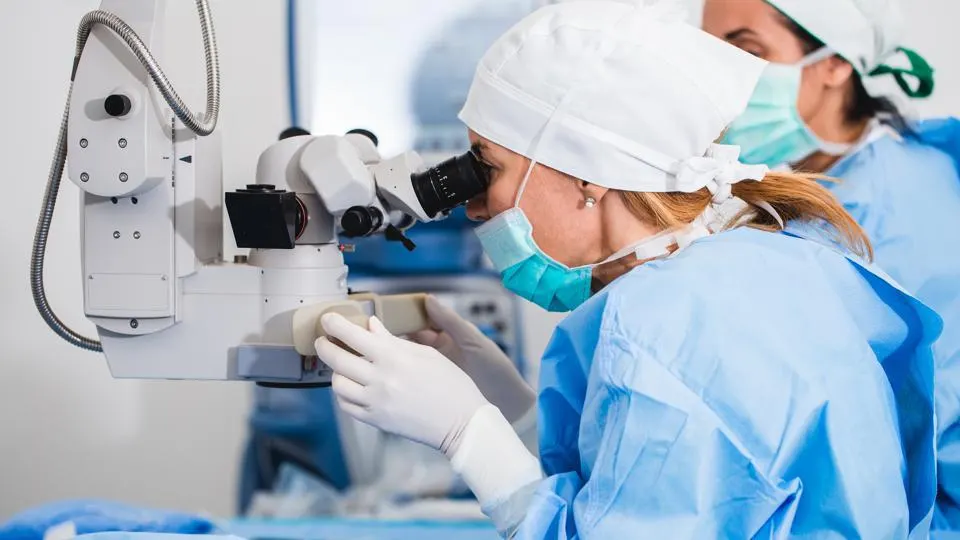The native lens is simply replaced during eye surgery to treat cataracts. The treatment improves the quality of eyesight, and patients are often quite satisfied with the outcomes. Nevertheless, lens replacement surgery has advanced to deliver even better outcomes and address issues other than cataracts.
Artificial lenses guarantee that the issue will never recur. It proves the success of cataract surgery. But because additional problems may now be treated using the same technique, new and better lenses have been created.
Since a significant amount of money has been spent on research and development, it is now possible for cataract removal to be the primary—though not the only—reason for changing natural glasses in the eye. It is not unexpected that intraocular lenses, the most common type of refractive lens, are now the most preferred choice.
The benefits of lens replacement surgery
The benefit of undergoing a corrective lens replacement treatment is that it simultaneously treats hyperopia and myopia in addition to replacing the cataract lens. This is so that even without glasses, the wearer may see objects well thanks to a lens that was created to address such focusing issues.
Depending on the patient’s demands, a variety of refractive lenses can be used to cure either short or long sight, but it is also feasible to select lenses that can treat both disorders simultaneously.
Long and Short Sightedness
Myopia and hyperopia are fundamentally different from one another. In essence, corneal defects cause the eyes to be unable to focus correctly, which leads to impaired vision for objects up close or at a distance. The layer of the retina at the rear of the eye is not properly focused when a person has myopia. Distanced things get hazy when the retina is not touched perfectly.
Conversely, in cases of hyperopia, the lens may be excessively flat, causing pictures to be focused outside of the retina rather than on it. Consequently, nearby things seem blurry. The usual method of treating these issues—as well as others like astigmatism and presbyopia—is to use corrective lenses in contact lenses and eyeglasses. They do not, however, solve the issue; they are only compensating measures.
Choose a laser
The corrective operations reshape the cornea to fix the faults, solving the issue. These are both quick, inexpensive, and extremely successful procedures, but none can be used to treat cataracts that have already formed. Thus, surgery for cataracts will be required in any case.
For the majority of people, wearing glasses has become the new normal, but when it’s time to get a cataract removed, there is a perfect chance to address focusing issues as well. Refractive lens exchange treatments have made it possible to treat everything at once.








